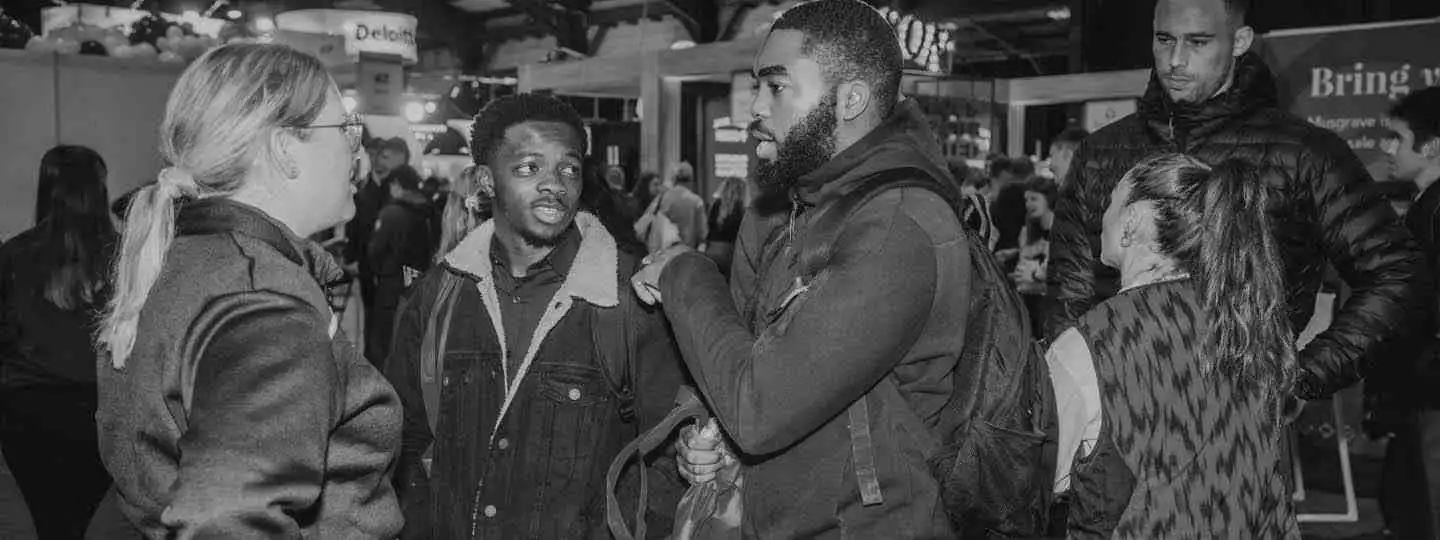Job descriptions and industry overviews
Dancer
25 Jan 2023, 13:37
For a successful career entertaining and storytelling through performance as a dancer, having talent, determination and the ability to self-promote is essential.

gradireland Editorial advice
This describes editorially independent and impartial content, which has been written and edited by the gradireland content team. Any external contributors featuring in the article are in line with our non-advertorial policy, by which we mean that we do not promote one organisation over another.
